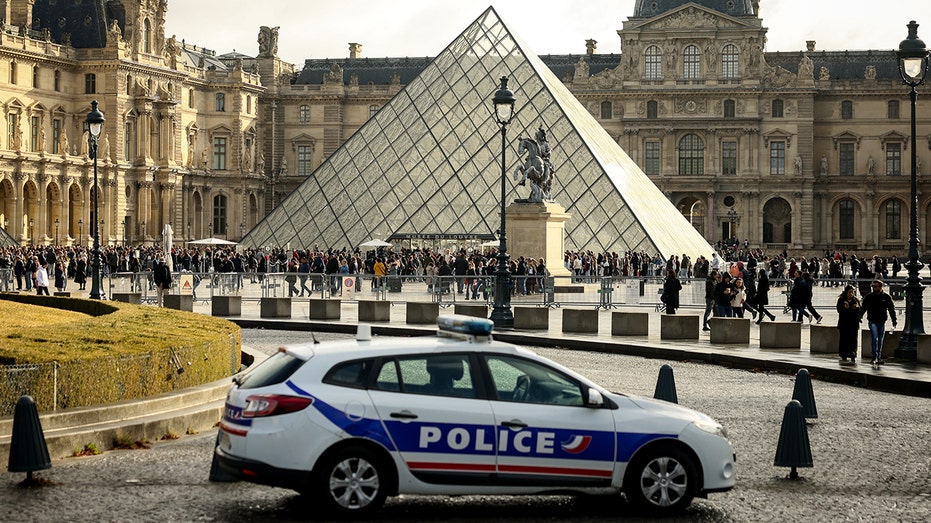The world’s most visited museum, the Louvre in Paris, has been shaken by a brazen daylight heist, prompting a dramatic overhaul of its security protocols. Eight jewels, collectively valued at over $102 million, vanished from the Apollo Gallery, exposing vulnerabilities in a fortress long considered impenetrable.
Louvre director Laurence des Cars revealed startling details to the National Assembly, describing the thieves’ unexpected method. They didn’t rely on brute force, but on precision – utilizing concrete disc cutters to slice through the protective display cases.
Ironically, the museum had upgraded its display cases in 2019 specifically to defend against weapon attacks. However, this particular method of entry – a calculated, cutting assault – was a scenario no one had foreseen. Des Cars emphasized the cases “held up remarkably well,” slowing the thieves despite the unexpected tactic.
Surveillance footage revealed the difficulty the four-person team faced during the robbery. It wasn’t a swift, clean operation, but a painstaking effort against surprisingly resilient barriers. This detail offers a chilling glimpse into the audacity and determination of the perpetrators.
The response is now swift and comprehensive. Within weeks, advanced anti-intrusion systems will be operational, and by the end of 2026, the Louvre will boast an additional 100 surveillance cameras, ensuring “complete protection of the museum’s surroundings.”
This isn’t simply a reactive measure; it’s a recognition of systemic vulnerabilities. Des Cars acknowledged that the extensive modernization of the 1980s, while groundbreaking at the time, has become technically obsolete. Equipment designed to last decades has been exceeding expectations – and its limitations are now exposed.
A new initiative, “Louvre New Renaissance,” is underway, focusing not only on security but also on easing the intense crowding within the museum. This modernization will address both the flow of visitors and the underlying infrastructure, creating a more secure and accessible experience.
The museum is also establishing a new, critical role: a dedicated “security coordinator.” This individual will be responsible for overseeing and implementing the sweeping changes, ensuring a coordinated and proactive approach to safeguarding the Louvre’s priceless collection.
The heist served as a stark wake-up call, transforming a moment of shock and emotion into a period of decisive action. The Louvre is determined to not only recover from this breach but to emerge stronger, more resilient, and prepared for the evolving challenges of protecting its cultural treasures.






